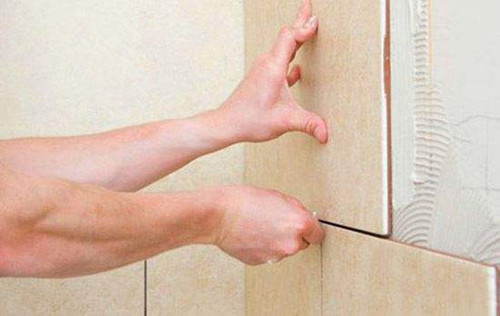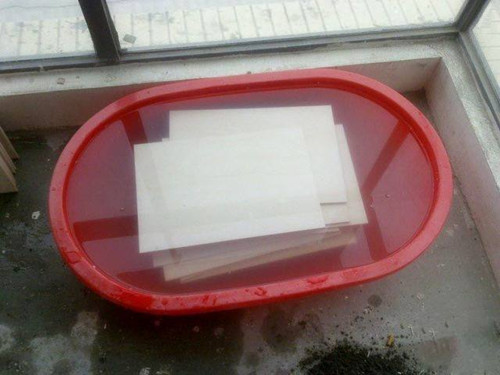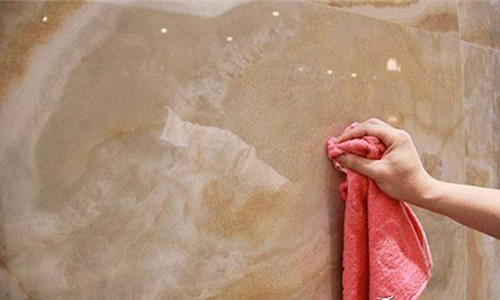Plastering bricks is a technical activity because an inadvertent wall tile will fall off or empty. This will affect the overall appearance and wall life. So, what are the methods and methods of sticking wall tiles? What are the precautions for sticking a wall tile? The following Xiaobian will give you a detailed explanation.

Wall tile method
1. The method of sticking wall tiles: First, determine the height of the paving, then determine the size of the tiles and wall tiles, and finally select the paving method according to its height, size and overall effect. If the tile is different on the same wall, it should be tiled from the bottom to the top of the large tile, and the top tile from the top to the bottom.
2. The method of sticking wall tiles: evenly paving and closing edges, when laying out wall tiles, pay attention to the horizontal and right angles between each tile, and maintain the flatness between each tile. Then, the finished edge strips and the high and low points of the tiles should be kept flat.

3. The method of sticking wall tiles: After paving the wall tiles, it is necessary to confirm the effect of the entire paving, and then clean the surface of the wall tiles without any mistakes, and finally perform the caulking treatment of the wall tiles.
Sticky wall tiles matters needing attention
1. Soak the water and put the tiles in water for 30 minutes before laying the tiles. If the tiles are not treated with water soaked or the tiles are not fully hydrated, then after the tiles are tiled, the wall tiles will suck away the water in the cement, so that there will be gaps between the tiles and the tiles will stick. Not sure. The wall tiles will easily fall off or cause empty drums.

2. When laying out wall tiles, be sure to handle the walls. To deal with cracks in the wall, the wall should be puttyed. Because the surface of the putty is impervious to cement, it will easily cause the tile to fall off.
3. Adhesives for paving wall tiles must be properly blended. Generally, cement sand and cement markings should be selected for mixed deployment. If the ratio between the two is not well-distributed, cracking or detachment of the wall tiles will result. The proportion of adhesives for general wall tiles is 1:3, and the cement number is 32.5.
4. Adequate gaps must be reserved when laying wall tiles, because there will be some errors in the process of laying the tiles more or less, and the tiles will be affected by the phenomenon of thermal expansion and contraction, and there will be enough gaps. There will be shrink space, so that the life of the wall tiles will be longer.
5. After laying the wall tiles, some excess adhesive material in the gaps in the tiles should be scraped and cleaned. The stains on the surface of the tiles should be wiped off with a damp cloth. It is worth noting that it must not wait for the adhesive material to dry before cleaning and wiping, which will cause damage to the surface of the tile and affect the appearance.

The article summarizes: In house decoration, laying a wall tile is an indispensable technique. Moreover, in order to make the service life of the tiles longer, and more beautiful, the method of sticking the wall tiles and the attention of the wall tile should be paid great attention. The above content hopes to help everyone.
Stamped Rigid Casing Centralizer for Casing
1. Type: Rigid Centralizer
2. Materials: Carbon Steel, or others as required
3. Standards: API, or others as required
4. Specifications: 4 1/2''---13-3/8'', or others as required
Characteristics:
1) One piece construction with stamped vanes;
2) Vanes set at 17° to promote fluid agitation;
3) Cost effective;
4) Easy slip-on installation;
5) Suitable for reciprocation and rotation during cementing;
6) Available with set screws;
7) Used in deviated and horizontal wells;
8) Good shock, impact and corrosion resistance;
Stamped Rigid Casing Centralizer, Rigid Centralizer
Puyang Junhong Rubber Co., Ltd. , https://www.pyjhxs.com